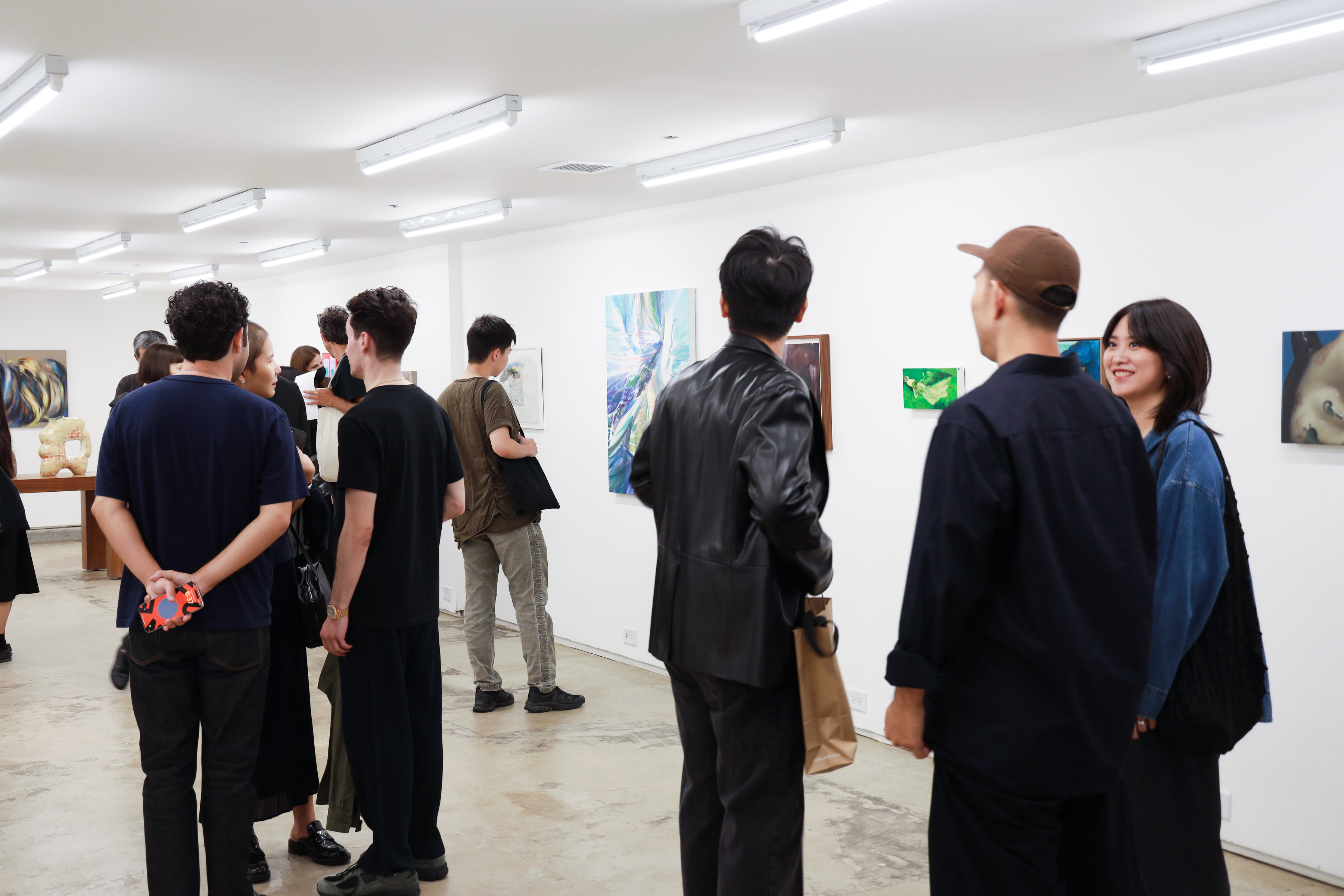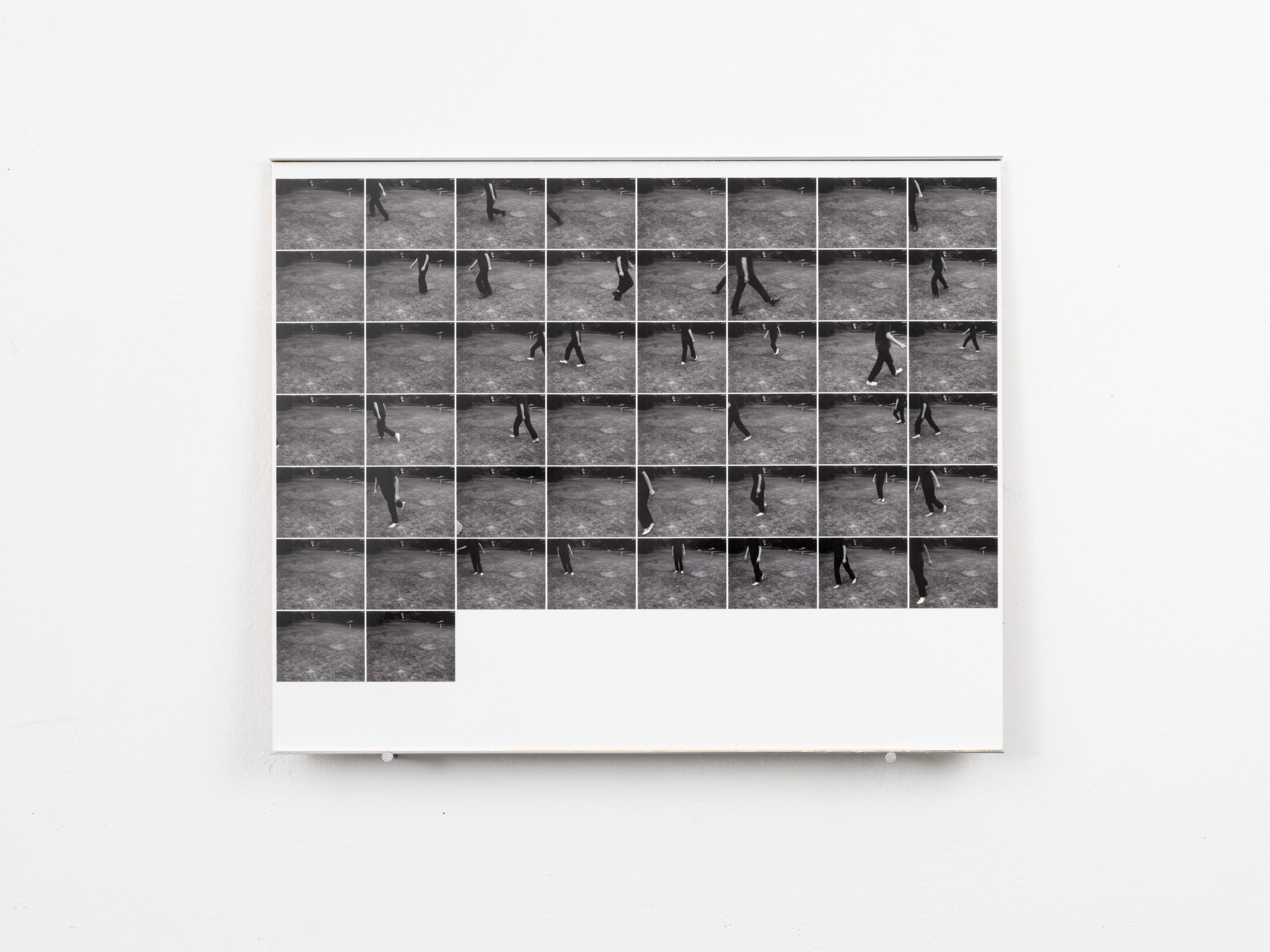Art, in all its forms, is the medium through which we experience the world. It connects us to one another. However, in a world where we can instantly connect online, the immediate need for art is diminished. To keep up, art must experiment. It must ground us in our immediate present, but also connect us with those people that came before us, and those who will come after. It must take us on a journey.
We begin this journey with an artist. She ‘abandons everything’ and takes to the ancient paths of the pilgrims for two years, two weeks, and two days. She vows to live a life of ‘voluntary simplicity’, walking from house to house and relying on the charity of others. Sometimes she stays in monasteries, other times family houses, but every night comes with a story. Her pilgrimage is performance art, and, like Montano and Hsieh’s 1983 performance, ‘Art/Life’ in which they tied themselves together and lived physically connected for a year, her life is her art.

The artist reminded me of an installation I came across in Amsterdam a few months before I met her. In what was once one of the world’s largest shipping yards, an old warehouse has been taken over by painters and sculptors. Inside, a cathedral-like structure has been erected from jute, wood, and steel. It is hung with living vines, which over the course of the installation are allowed to grow, live, and die. Inside is an array of organically curved benches on which visitors can take a moment to reflect and add to the visitor book, which contains messages left by tourists from all over the world. It exudes a feeling of calm, despite its location in the tourist hub of Amsterdam, and, like the journey of the artist, it feels like a part of something bigger.
The artist’s name is Ciriaca Erre, and the installation is called ASCENDING. When Ciriaca visited my house whilst walking the North Downs Way, a pilgrim’s route in England, she wanted to ‘just be’, and it seemed that she was seeking (and had found) the very feeling emanated by ASCENDING, this oasis of calm amidst the bustle of Amsterdam. One is a performance, and the other is a temporary installation, but they both have this effect of calm groundedness brought about by their relationship with time and place.
Experimental art explores new ideas and/or technology. It is different from the avant-garde in that it ‘suggests a more explicit desire to extend the boundaries of art in terms of materials or techniques’. What Ciriaca is doing, in particular, extends art’s boundaries. Her materials are not paint and canvas, but actions, words and footprints left on ancient pathways. Performance art, like this, has historically emerged when traditional artistic methods seem ‘too conservative, or too enmeshed in the traditional art world and too distant from ordinary people’. In essence, it is a way for artists to reconnect with the people around them. Reconnection is an important part of the movement towards mindfulness, which is the process of paying attention to what is going on ‘inside and outside ourselves, moment by moment’. Ciriaca’s act of submerging and reconnecting herself with nature and being carried everywhere by her own two feet has something entirely present about it. She says: ‘I have found gratitude again, for a bed, for a floor, a dinner, or just an apple’.
Similarly, the calm created by ASCENDING allows anyone who comes across it to take a moment to reflect. ASCENDING is an experimental example of installation art, art that is usually large-scale and designed for a certain time or place. The focus of installation art is to create a ‘complete, unified... intense experience’. In other words, it is art in context, art that is to be experienced rather than viewed with detached indifference. ASCENDING is designed to affect profoundly. Its purpose isn’t just to be viewed, but to be interacted with. The viewer, or the participant, feels for a moment as Ciriaca feels on her pilgrimage- that they can ‘live completely in the present’. It grounds you in your surroundings, much like meditation or yoga.
The creators of ASCENDING say that it is ‘designed to question the link between past, present, and future in art’, as well as ‘the extent to which art... can contain transcendent functions’. While ASCENDING grounds us in the present moment, it also has the power to transcend that moment. Its context, or more specifically its location, in an abandoned warehouse once belonging to a major shipyard, mean that despite its quietude, it retains the bustle of its former industry, like an echo. How many people have passed that space? What were their stories? Where did the ships they built go? These are all the questions that flood the mind when you sit in this quiet place and reflect. The visitor book inside means that we don’t even have to go back as far as the shipyard to appreciate all the lives that have been in this place before us. People from all over the world had written in it, leaving fragments of their lives behind for others to feel.

All artwork is tied to the time and cultural context it was created in, a relationship called ‘zeitgeist’, but artwork such as this is also tied to the location for which it is designed. All sorts of places have this transient, ever-shifting link to the past. The Titanic Slipways, in Belfast, for example, are where the infamous Titanic was built by Harland and Wolff shipping company. In recent years, the slipways have been transformed by a regeneration effort, and the outline of the ship’s promenade deck has been outlined in white stone on the waterfront. You are standing in the very place the fated ship stood. You feel like you, in some delicate, shifting way, are connected to all the people who lost their lives in the Atlantic Ocean. All the working men whose labour engineered Titanic herself.
This feeling of connection is universal, however, it has often been associated with religion, or the awe of the divine. It is significant that despite their modern, experimental natures, Ciriaca’s pilgrimage and ASCENDING both lean heavily on archaic Christian traditions. Even while experimental art is a reaction to art that is ‘too conservative’ or too ‘enmeshed in the traditional art world’, Ciriaca has chosen to walk the paths trodden by pilgrims for a thousand years, and ASCENDING is modelled on the curving architecture of a cathedral. Surely, then, to call these pieces experimental is the height of hypocrisy. However, the key is that both Ciriaca and ASCENDING have taken these traditional ideas (pilgrimage and cathedrals respectively) and experimented with making them secular. Ciriaca walks not for the glory of God, like those before her, but to remind herself to ‘just be’, and that ‘life is a journey of awareness’. ASCENDING’s creators stress that it is not ‘affiliated with any specific religion’, but it does reflect ‘the desire for meaning and the need for awe, beauty, and admiration’ that has been satisfied by God for so many.
By experimenting with their artistic structure and form, ASCENDING and Ciriaca have connected us to the people who came before us, and grounded us in the present moment. However, through their subversion of Christian traditions they have also begun to build a bridge to the future. This bridge is vital if we are to maintain the ‘awe, beauty, and admiration’ that humans so desperately need. It connects the old with the new, and the vines that adorn ASCENDING and the ‘essential… return to nature’ promoted by Ciriaca point towards a gradual replacement of God with nature instead.
Overwhelmingly, for me, it is the experimental nature of these pieces that strikes such a chord. Phillip Pullman writes that ‘words belong in contexts, not pegged out like biological specimens’, and the same is true of art. Unlike their gallery counterparts, Ciriaca’s performance and ASCENDING not only are put in context, they rely on it. Their connection with time and place allows us to appreciate our heritage, grounds us in our present, and safeguards our future. Experimental art allows us to feel the slow ritual of feet on ancient paths or even the mind, just there, present in a quiet place that rings with history.






